Human GDNF ELISA Kit
$299.00 – $419.00
ELISA Kit Detail Information
| Related Target | |
|---|---|
| Species | human |
| Sample Type | Serum, plasma, cell culture supernatant, and other biological samples |
| Sample Volume | 50 μL |
| Sensitivity | 1.68 pg/mL |
| Array Range | 31.25 pg/mL – 2000 pg/mL |
| Assay Time | 3.5 h |
| Recovery | 80% – 119% |
| Average Recovery | 101% |
| Intra Precision | 2.9% – 3.5% |
| Inter Precision | 3.6% - 4.2% |
| Plate | Detachable 96-well plate |
| Storage | If the reagent kit is unopened, it should be stored at 4℃. However, if it has been opened, the standard solution should be stored at -20℃, while the other components should be stored at 4℃. |
| Delivery | 4℃ blue ice transportation |
| Components | 96-well polystyrene enzyme-linked immunosorbent assay (ELISA) plate coated with anti-GDNF monoclonal antibody Human GDNF freeze-dried standard Human GDNF detect Antibody Standard Diluent Assay Buffer(10×) Substrate TMB Stop Solution Washing Buffer(20×) Sealing Film |
| Assay Principle | This kit utilizes the double antibody sandwich enzyme-linked immunosorbent assay (ELISA) detection technique.Specific anti-human GDNF antibodies are precoated on a high-affinity ELISA plate. Standard samples, test samples, and biotinylated detection antibodies are added to the wells of the ELISA plate. After incubation, GDNF present in the samples binds to the solid-phase antibodies and the detection antibodies. After washing to remove unbound substances, streptavidin-HRP labeled with horseradish peroxidase is added. After washing, a colorimetric substrate, TMB, is added and the plate is incubated in the dark for color development. The intensity of the color reaction is directly proportional to the concentration of GDNF in the samples.A stop solution is added to terminate the reaction, and the absorbance value is measured at a wavelength of 450 nm (with a reference wavelength range of 570-630 nm). |
Related Targets
GDNF
GDNF Target Infomation Overview
- Target Symbol: GDNF, glial cell derived neurotrophic factor
- Gene Groups: GDNF family ligands
- Alias: ATF1; ATF2; HFB1-GDNF
- Alias Names: astrocyte-derived trophic factor; glial cell line derived neurotrophic factor; glial derived neurotrophic factor
GDNF, glial cell derived neurotrophic factor Target Infomation by Species
- Human
- Mouse
- Rat
Human GDNF Target Information
- Target Symbol: GDNF, glial cell derived neurotrophic factor
- Alias:
- astrocyte-derived trophic factor
- ATF
- ATF1
- ATF2
- glial cell line derived neurotrophic factor
- glial cell line-derived neurotrophic factor
- HFB1-GDNF
- hGDNF
- HSCR3
- NCBI_Gene: 2668
- UniProtKB: P39905
Human GDNF Predicted Functions
Enables protein homodimerization activity. Involved in several processes, including negative regulation of apoptotic process; positive regulation of morphogenesis of an epithelium; and regulation of RNA metabolic process. Acts upstream of or within several processes, including neural crest cell migration; neuron projection development; and positive regulation of cell population proliferation. Located in Golgi apparatus and extracellular region. Implicated in Hirschsprung’s disease; Parkinsonism; and epilepsy. Biomarker of acoustic neuroma; autoimmune disease (multiple); neurodegenerative disease (multiple); pancreatic cancer; and vasculitis (multiple).
Mouse Gdnf Target Information
- Target Symbol: Gdnf, glial cell line derived neurotrophic factor
- Alias:
- AI385739
- expressed sequence AI385739
- glial cell line-derived neurotrophic factor
- NCBI_Gene: 14573
Mouse Gdnf Predicted Functions
Predicted to enable protein homodimerization activity and signaling receptor binding activity. Involved in several processes, including nervous system development; positive regulation of morphogenesis of an epithelium; and ureteric bud formation. Acts upstream of or within several processes, including negative regulation of neuron apoptotic process; nephron epithelium morphogenesis; and organ induction. Predicted to be located in Golgi apparatus and extracellular region. Predicted to be part of receptor complex. Predicted to be active in extracellular space. Is expressed in several structures, including alimentary system; central nervous system; embryo mesenchyme; genitourinary system; and integumental system. Used to study Hirschsprung’s disease. Human ortholog(s) of this gene implicated in Hirschsprung’s disease; Parkinsonism; and epilepsy. Orthologous to human GDNF (glial cell derived neurotrophic factor).
Rat Gdnf Target Information
- Target Symbol: Gdnf, glial cell derived neurotrophic factor
- Alias:
- astrocyte-derived trophic factor
- ATF
- glial cell line derived neurotrophic factor
- Glial cell line derived neutrophic factor
- glial cell line-derived neurotrophic factor
- GNDF
- NCBI_Gene: 25453
Rat Gdnf Predicted Functions
Enables protein homodimerization activity and signaling receptor binding activity. Involved in several processes, including animal organ development; cellular response to dexamethasone stimulus; and regulation of morphogenesis of an epithelium. Located in extracellular space. Part of receptor complex. Used to study Parkinsonism and middle cerebral artery infarction. Biomarker of Parkinsonism and sciatic neuropathy. Human ortholog(s) of this gene implicated in Hirschsprung’s disease; Parkinsonism; and epilepsy. Orthologous to human GDNF (glial cell derived neurotrophic factor).

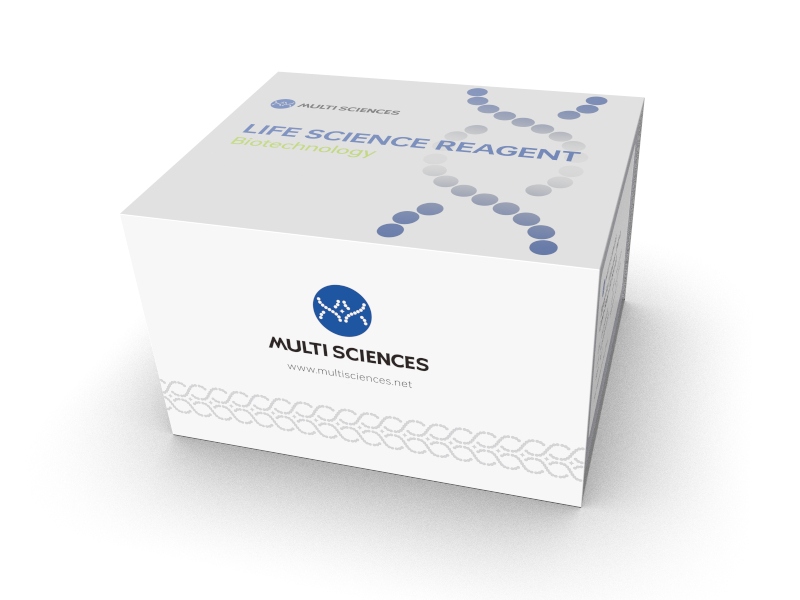
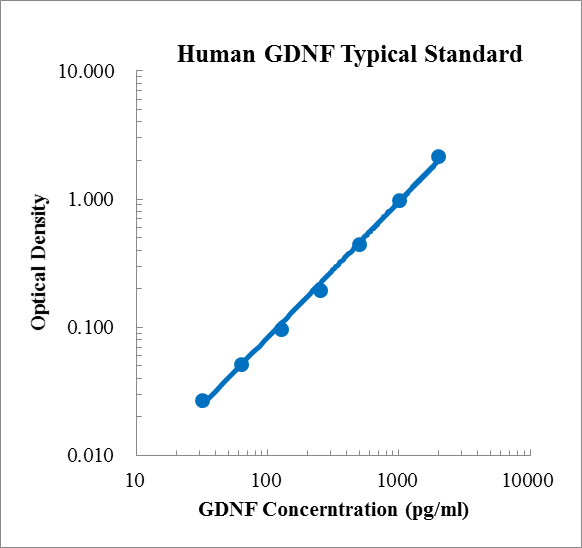
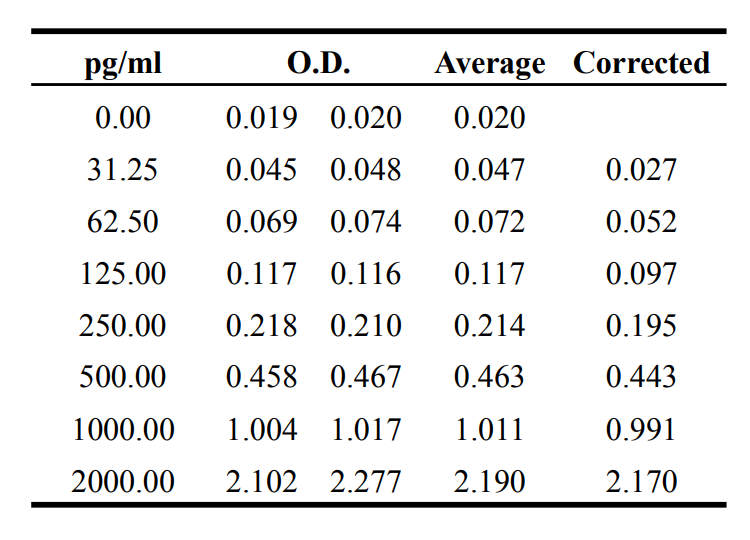

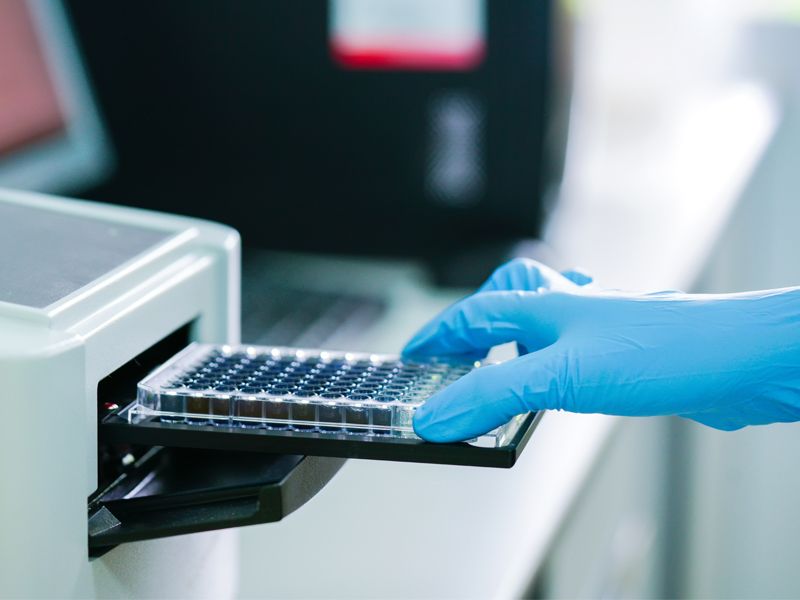
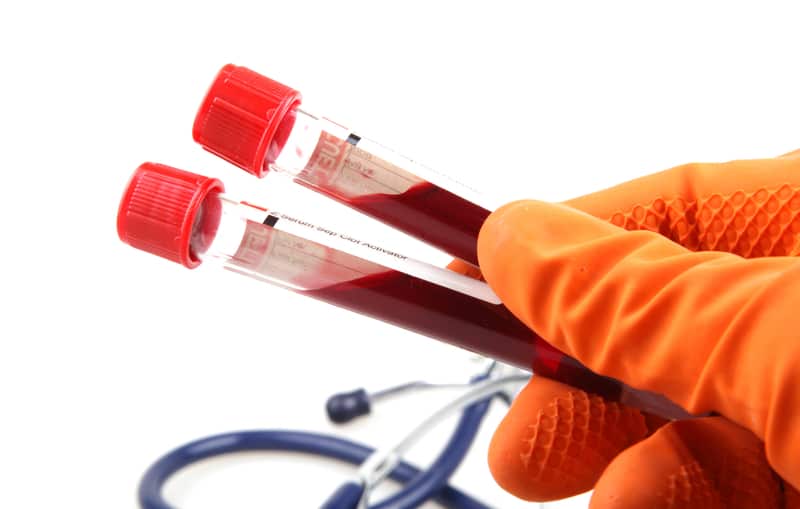
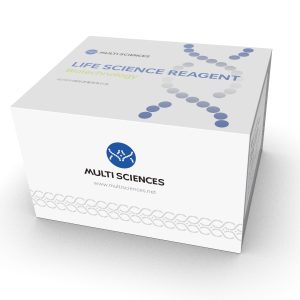
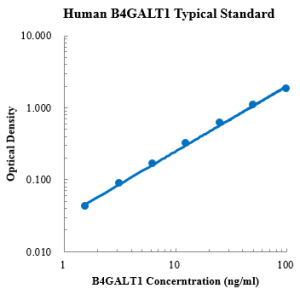
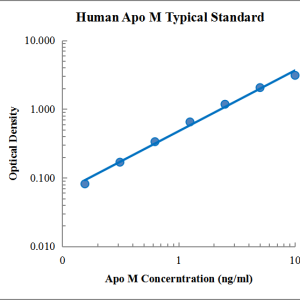
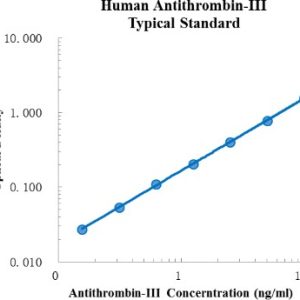
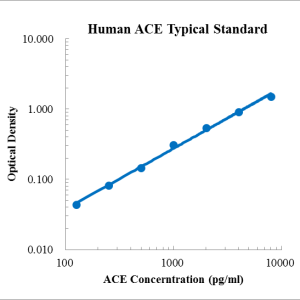
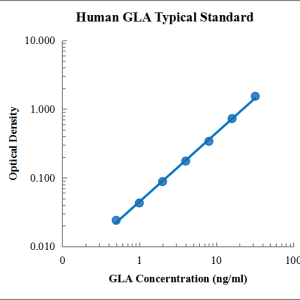
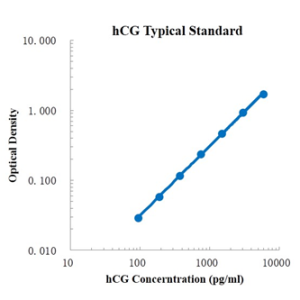
Reviews
There are no reviews yet.